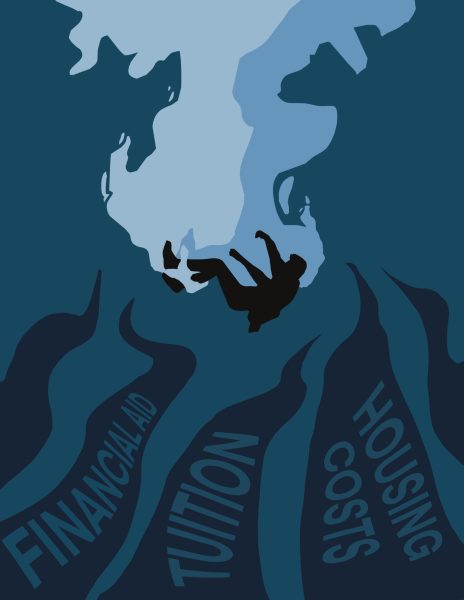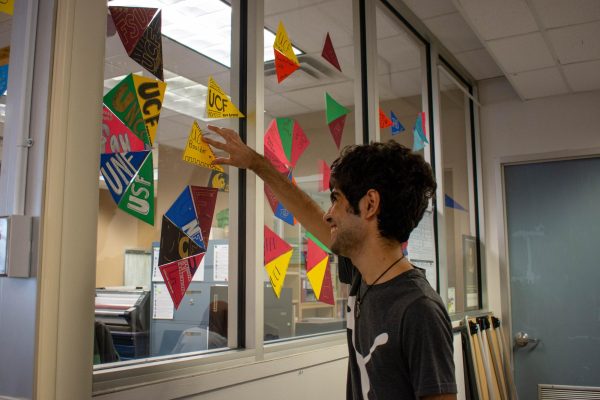Cell phone voting targets young demographic
October 30, 2018
Only 40 to 50 percent of 18- to 29-year-olds actually voted in 2016 elections according to the United States Census website. While there has been improvement in this population’s voter turnout rate since 2012, would the ability to vote from a cell phone make this demographic more likely to vote?
Mobile voting is the current project of venture capitalist Bradley Tusk, who has an extensive past in dealing with authorities since his backing of the use of Uber in New York City.
“We’re completely polarized, and nothing gets done,” Tusk recently told “The New Yorker” magazine. “I don’t see how democracy survives absent radically higher participation.”
While some believe the voter turnout rate would increase as a result of cell phone use, some are skeptical of the security of a mobile voting system.
“I don’t mind the technology,” Spanish teacher Luis Martin said. “I’m worried about the hacking of the technology. If we can make it safe enough to where people — especially young people who are attached to their phones — can vote without any problems, I’m all for it.”
While mobile voting has not made a large national impact, one state is trying it.
For the midterm elections, 24 counties in West Virginia will allow eligible U.S. overseas voters to cast ballots from their cell phones using the Voatz app. The app’s introduction video on its website’s homepage says all that one needs to provide is an email, phone number, picture of their photo ID and a fingerprint or retinal scan.
But the question remains whether a system is ready right now or should be held until the future when all can know the technology will be completely secure.
“If we want a government that represents all of the people, then all of the people need to vote,” Tusk’s page says.
By Dylan Maxik

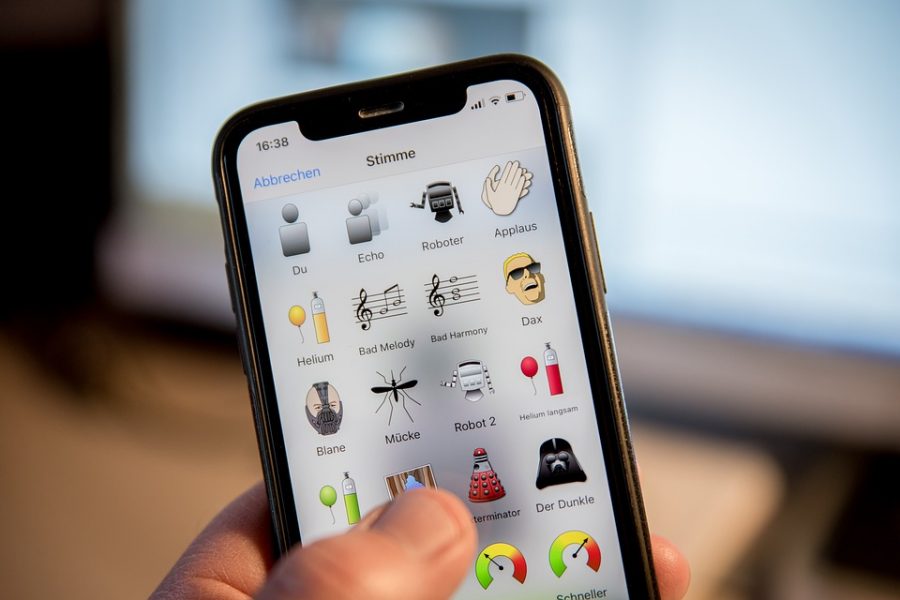

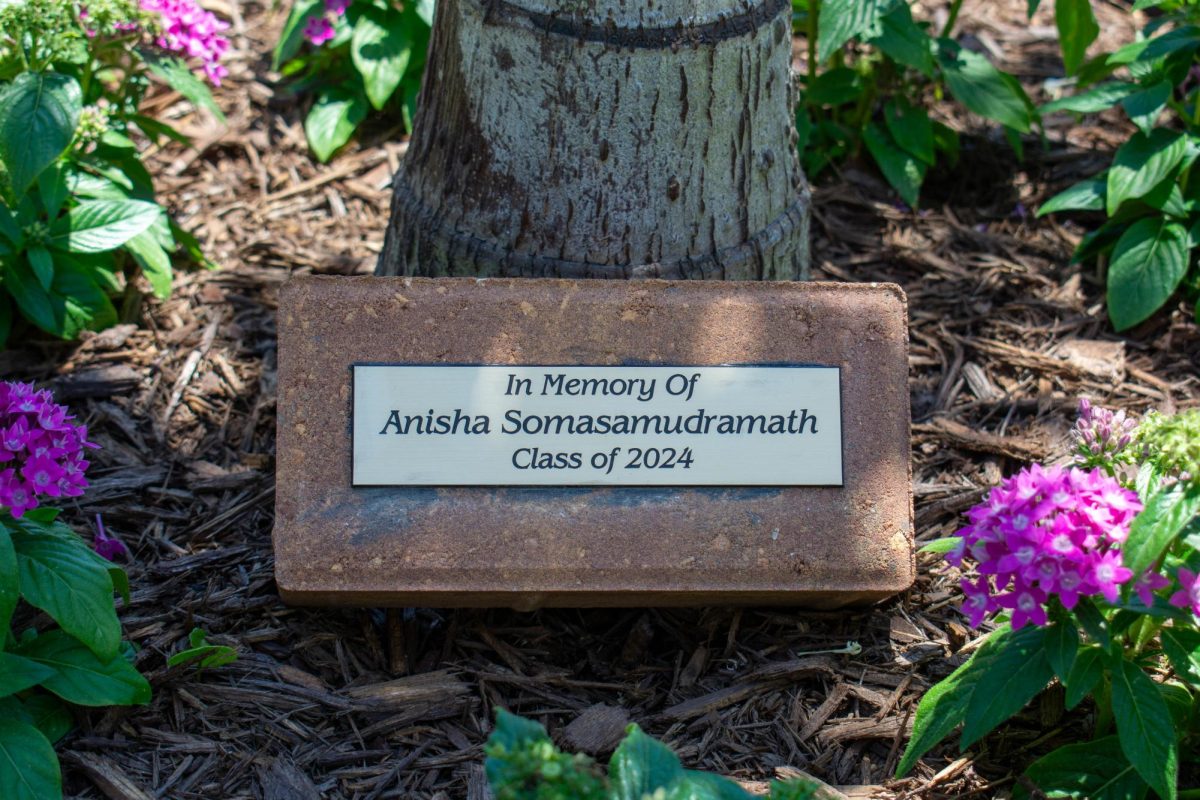
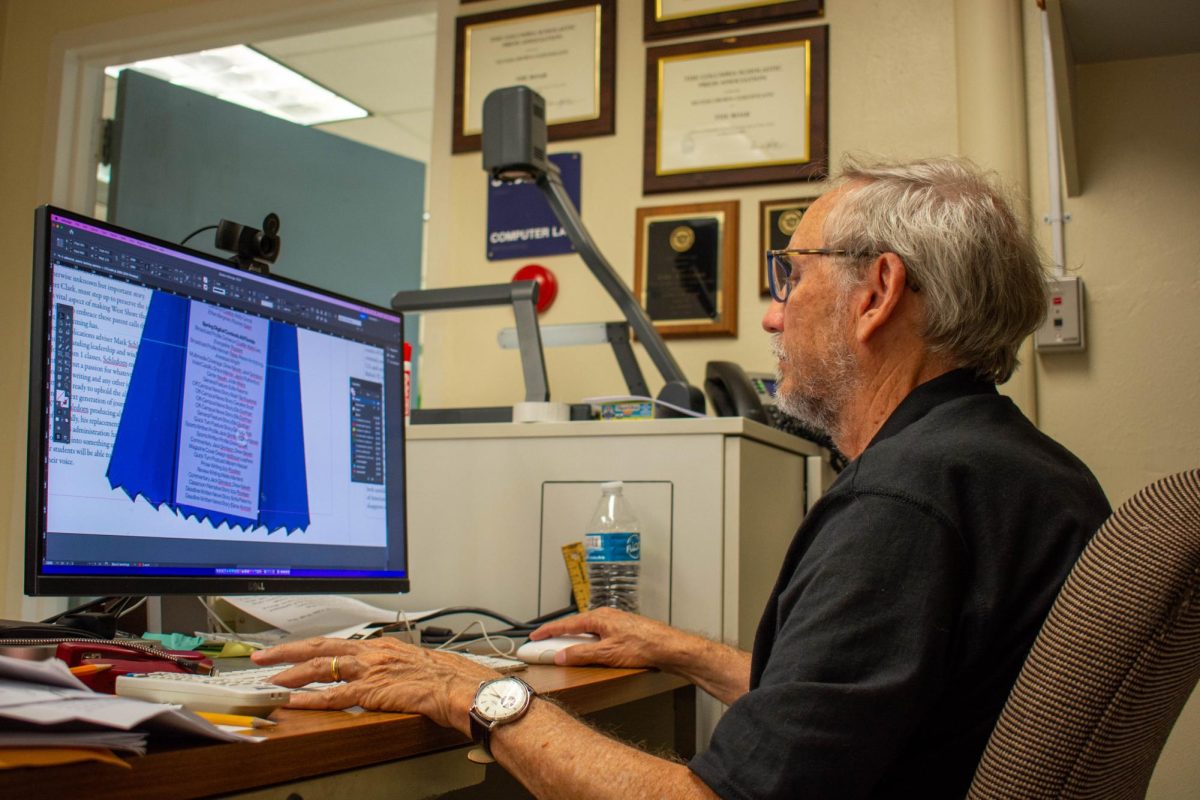
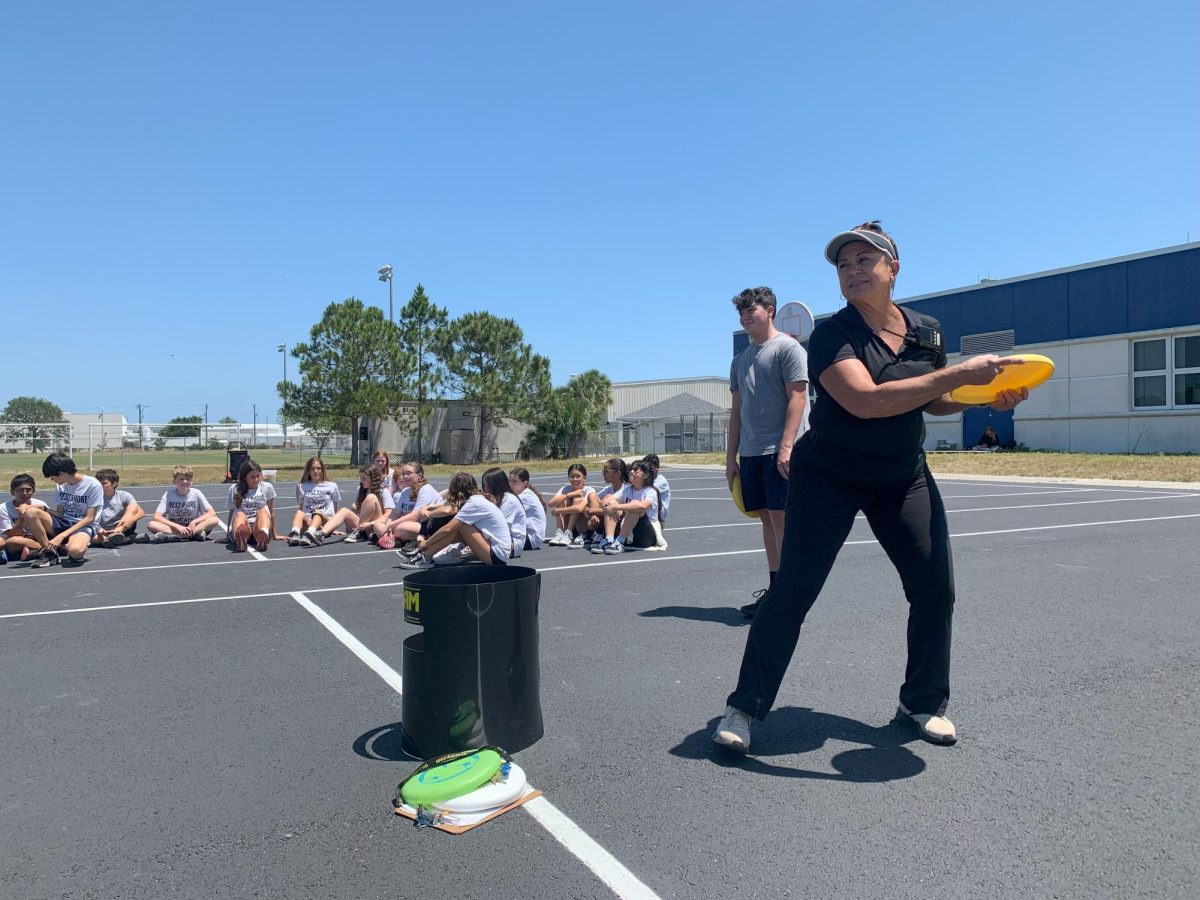

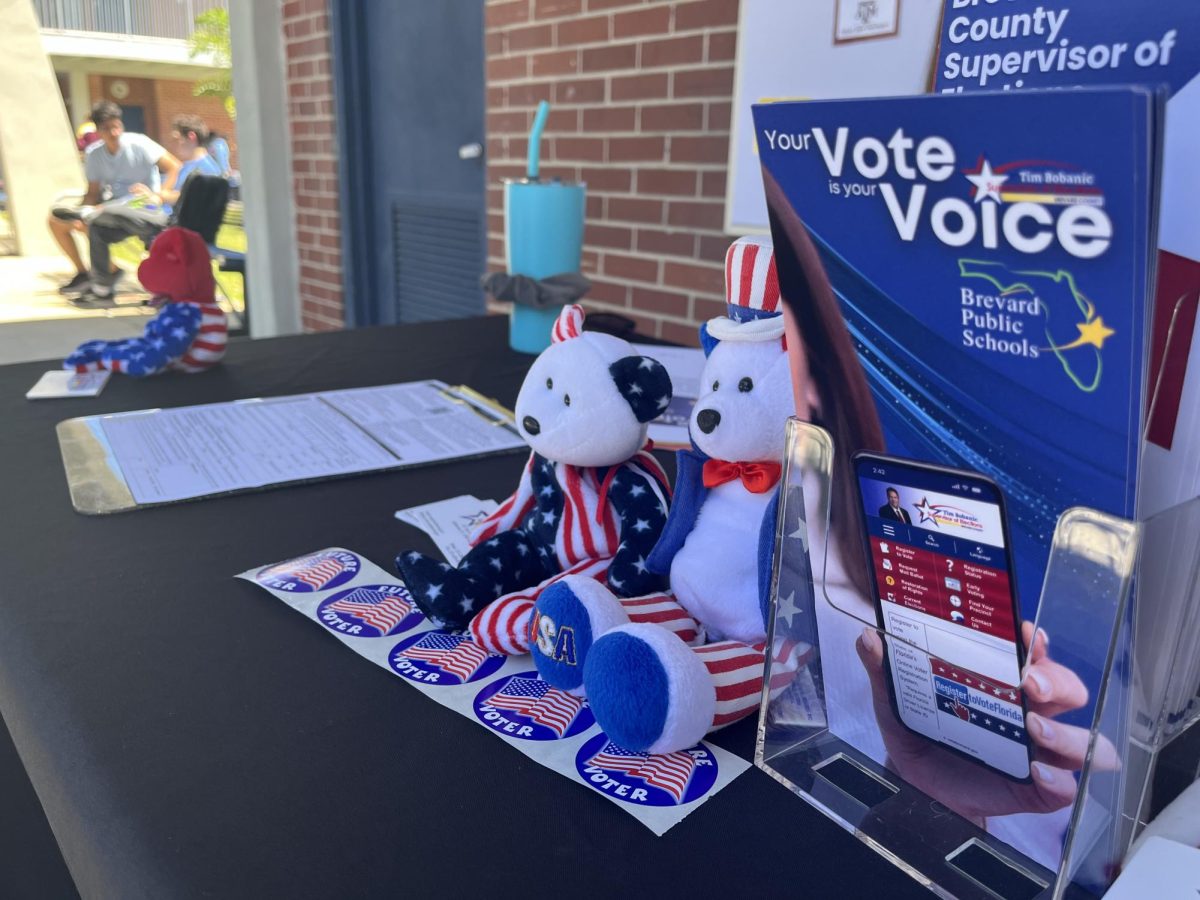

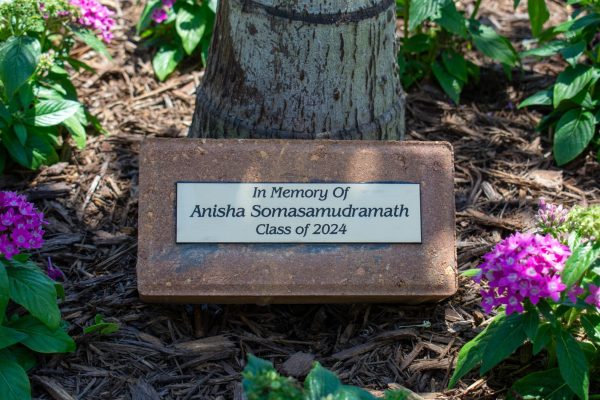
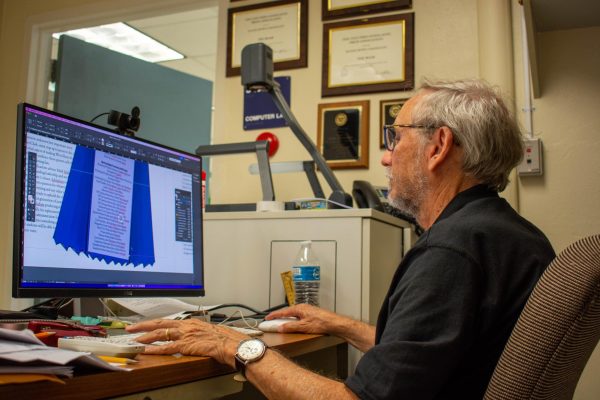
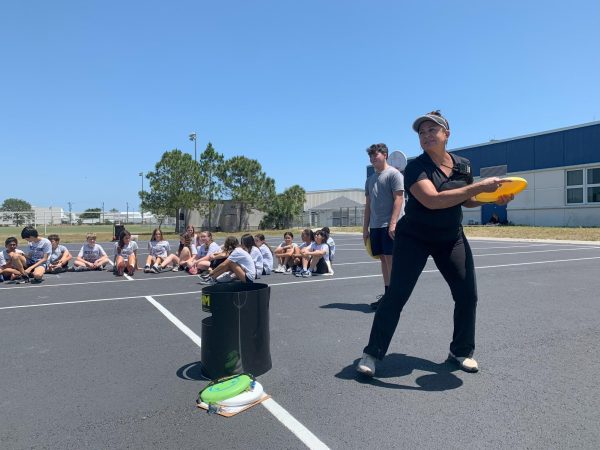

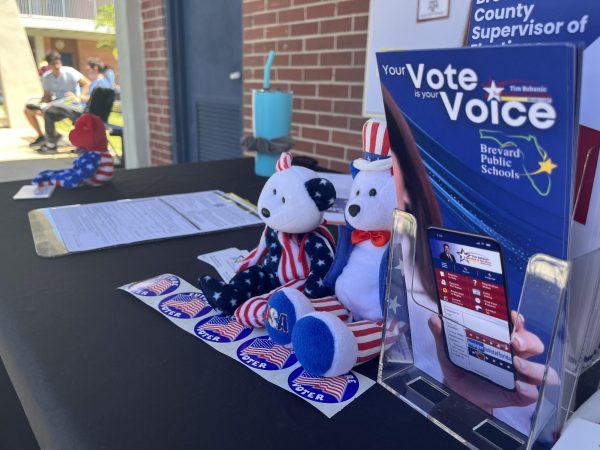
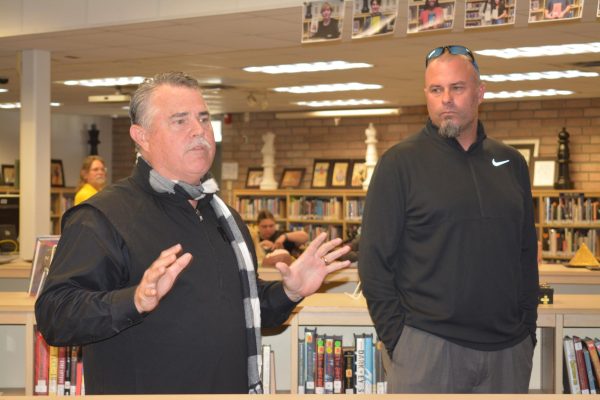
![The Melbourne Fire Department recognized coach and custodian Derrick Hamilton on April 16 with the Lifesaving Citizen Award during lunch. I would just react for anyone, Hamilton said. My love for children -- thats what it comes down to. [I am] where I am supposed to be.](https://westshoreroar.com/wp-content/uploads/2024/04/DSC_0639-1-e1713376507113-600x402.jpg)
